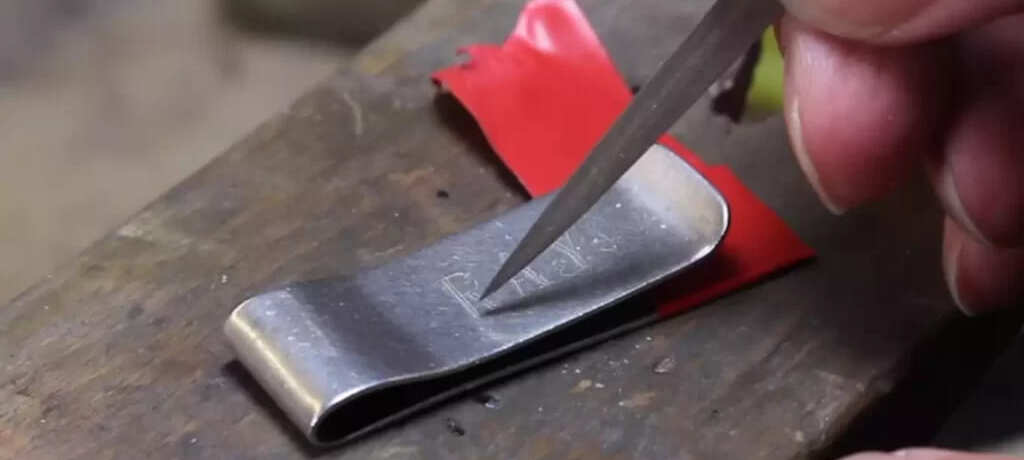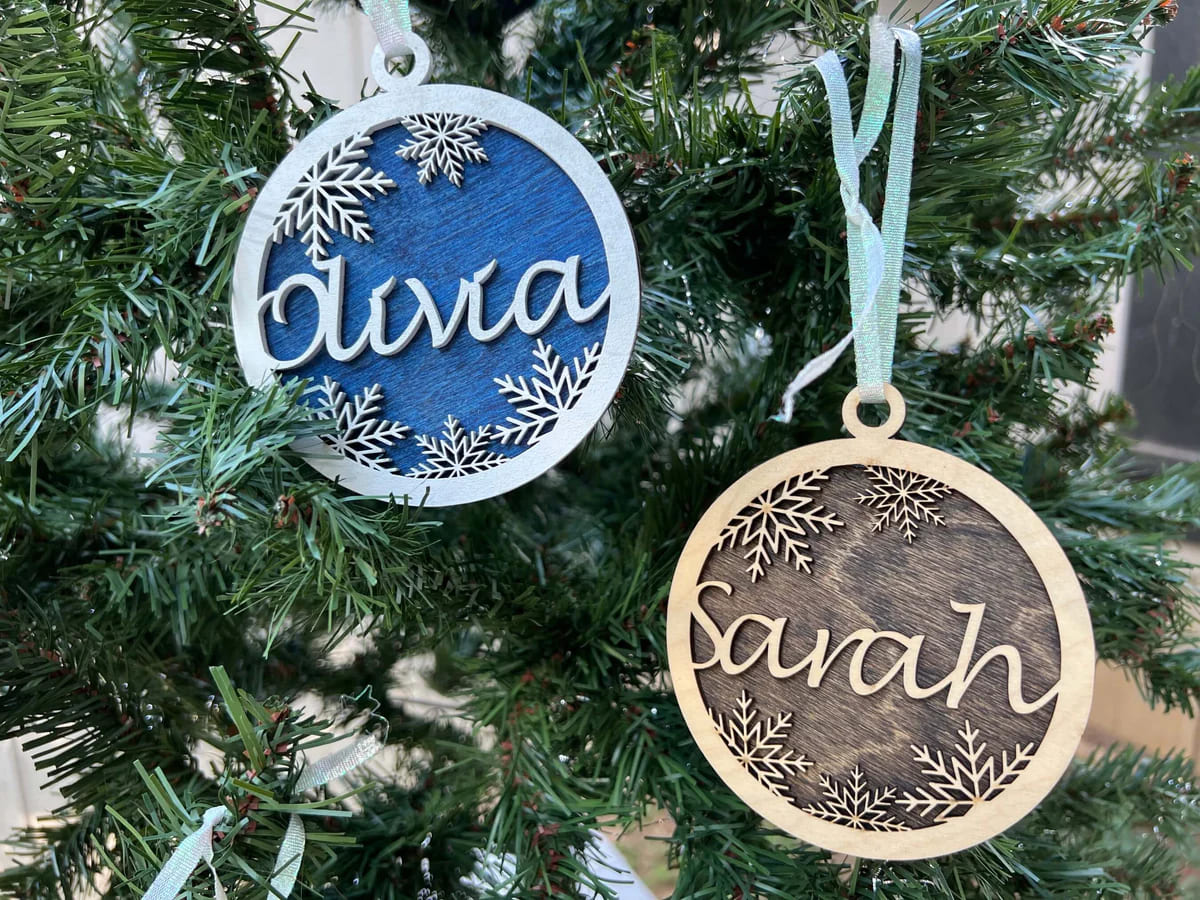Laser Engraving vs Traditional Engraving Methods: Pros and Cons
Engraving has long been a popular technique for creating intricate designs and personalized markings on various materials. With advancements in technology, laser engraving has emerged as a modern alternative to traditional engraving methods. In this article, we will delve into the differences between laser engraving and traditional engraving methods, exploring their pros and cons. Additionally, we will discuss why Superior Laser Marking is the preferred choice for all your laser engraving needs.
Understanding Laser Engraving
Laser engraving is a cutting-edge technique that utilizes laser beams to create precise and permanent marks on materials.
It involves the removal of material through vaporization or melting, leaving behind detailed and high-quality engravings. Learn more about laser engraving, how it works, the benefits of using this technology in our article.
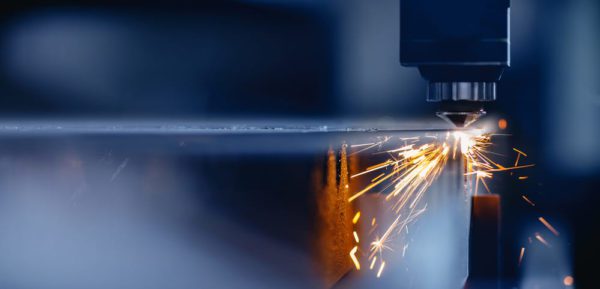
Exploring Traditional Engraving Methods
Traditional engraving methods, such as hand engraving and machine engraving, have been practiced for centuries.
These methods involve physically cutting or carving into materials to create engravings.
Pros and Cons of Laser Engraving:
Pros:
- Unparalleled precision and accuracy, enabling intricate and detailed engravings.
- Versatility to engrave on a wide range of materials, including hard metals and ceramics.
- Non-contact process that minimizes the risk of surface damage or distortion.
- Faster processing time, making it ideal for high-volume production.
- Greater control over depth and customization options for varied design requirements.
Cons:
- Higher initial investment for laser engraving equipment.
- Limited suitability for certain materials that may not respond well to laser engraving.
- Potential for higher operating costs, including maintenance and power consumption.
- Lack of the traditional handmade appeal for those seeking a specific aesthetic.
Pros and Cons of Traditional Engraving Methods
Pros:
- Artistic craftsmanship and personal touch that can be appreciated.
- Suitable for engraving on softer materials like wood and softer metals.
- Traditional methods may be more cost-effective for small-scale or unique projects.
- Can be a preferred choice for those seeking a traditional aesthetic.
Cons:
- Limited precision compared to laser engraving, resulting in less intricate designs.
- Longer processing time, especially for complex designs.
- Higher risk of errors and inconsistencies due to the manual nature of the process.
- Limited material compatibility, as harder materials may be challenging to engrave.
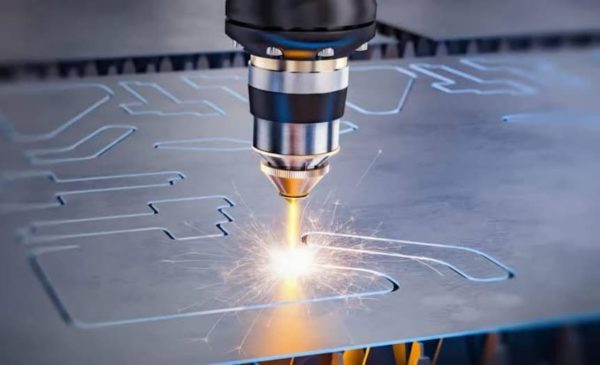
Factors to Consider in Choosing the Right Method:
- Precision and Detail
Laser engraving offers superior precision, allowing for intricate and detailed designs. Traditional engraving methods may have limitations in achieving the same level of precision.
- Material Compatibility
Consider the type of material you intend to engrave. Laser engraving is versatile and suitable for a wide range of materials, including wood, metal, glass, and plastic. Traditional engraving methods may be better suited for softer materials.
- Speed and Efficiency
Laser engraving generally offers faster processing times, making it ideal for high-volume production. Traditional engraving methods may be more time-consuming, especially for complex designs.
- Cost Considerations
Evaluate your budget and cost constraints. Traditional engraving methods may be more cost-effective for smaller-scale or unique projects, while laser engraving requires a higher initial investment but can offer long-term cost savings.
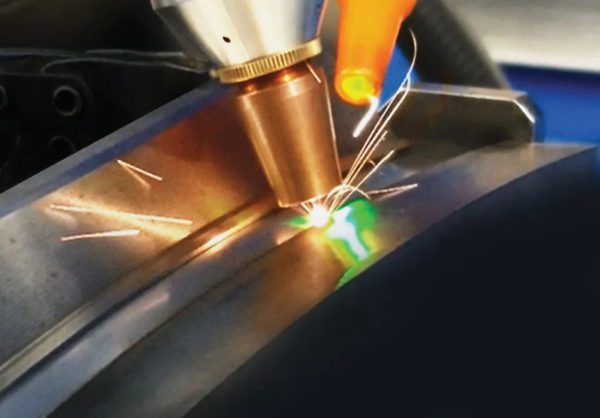
Industry-Specific Applications:
- Jewelry and Accessories
Laser engraving is commonly used in the jewelry industry for adding intricate designs, names, or initials to pieces like rings, pendants, and bracelets.
- Awards and Trophies
Both laser engraving and traditional engraving methods find applications in the awards industry for engraving names, logos, and messages on trophies and plaques.
- Signage and Branding
Laser engraving is often preferred in the signage industry for creating custom signs, logos, and decorative elements on various materials.
- Industrial and Manufacturing
Laser engraving is extensively used for part identification, serial numbers, and branding on components in industries such as automotive, aerospace, and electronics.
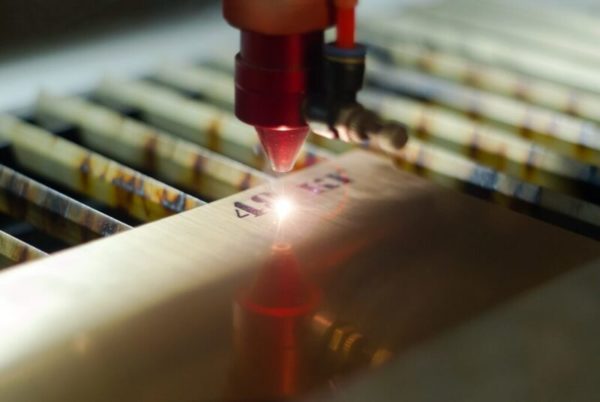
Why Choose Superior Laser Marking for Your Laser Engraving Needs:
Superior Laser Marking is a trusted provider of laser engraving solutions. Here’s why we stand out:
- Cutting-edge technology: Superior Laser Marking utilizes state-of-the-art laser systems to ensure precise and high-quality engravings.
- Industry expertise: Our experienced professionals have extensive knowledge of various materials and can cater to specific requirements.
- Customization options: Superior Laser Marking offers flexibility in design and customization for unique projects.
- Quick turnaround times: We prioritize efficient service delivery without compromising quality.
- Exceptional quality control: Superior Laser Marking maintains stringent quality control measures to ensure consistent and superior results.
Contact us today to learn more about how we can help with your laser engraving needs.
Laser engraving offers significant advantages over traditional engraving methods in terms of precision, versatility, and efficiency. While traditional methods hold their own charm, laser engraving has become the preferred choice for many industries and applications. With Superior Laser Marking’s advanced technology and expertise, you can trust us to deliver outstanding laser engraving results for your diverse needs.
Learn more about the difference between laser engraving, etching, and marking in our article.


